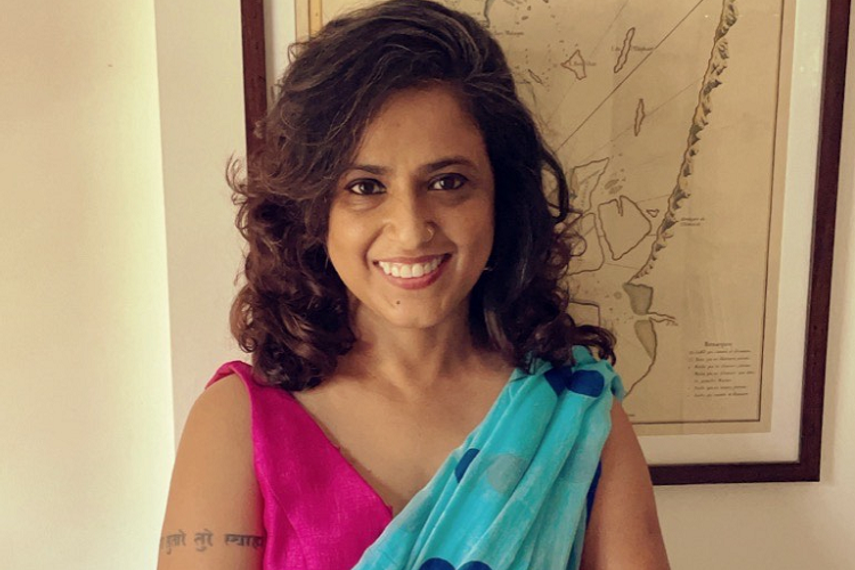The writing is on the wall.
And it's a mess.
Let's rewind. Unless you've been living under a rock, or your laptop screen, there's no way you've missed the ‘Who Stole My Public Art’ controversy.
Budweiser India, as part of their marketing campaign, created Messi murals in what they call an ‘Ode to the G.O.A.T’. Now this would be perfectly fine and no one would have gotten their jerseys in a twist, except that the brand painted these murals all over some much-loved wall paintings done by the St+art India Foundation and BaaP.
Since then St+art is smarting, and Budweiser India says they collaborated with artists that met their creative and commercial direction (whatever that means). Naturally, there's a lot of outrage that’s happening at the moment.
So I'm jumping right in. I think the problem lies with our education system, and in this case, the B-schools and the MBA degrees.
It teaches you marketing that's devoid of understanding culture, art, creativity and community. All buzzwords that are used when discussing social, digital and disruption. But how do these concepts really work? Well, that's never taught.
What is culture? What is its impact? Why is art important? What role does creativity play in our daily lives? Do these even make it to any syllabus?
One of the walls painted over was in my neighbourhood in Bandra, Mumbai. Called Anarkali, it depicted Salim and Anarkali in the style of old movie posters. Colourful, larger than life and slightly lurid. People stopped, took pictures, interacted with it. It turned an old wall and a narrow busy street into a community art gallery. In fact, artists have always come there, painted, used different styles, and created different messaging. But there's always been space for more.
And that's what’s important, isn't it? In a country where even public art is regulated and approved, this is about freedom and delight and making room for more.
So then, you end up thinking about how no one at Budweiser India thought about this. Is this what people would want? Would they want the public art they recognise and love to be replaced by Budweiser’s attempts to inspire us with Messi's journey?
Plus, there's the whole issue of ethics. And that's my second grouse with our business education syllabus. How much emphasis do we put on what's correct, what's ethical and what's the right thing to do?
Very little, I suspect. The issue with the murals isn’t about which artist did it. Or that it's been done by a brand. The issue is, it could have been done anywhere else. They could have found an alternate wall or space, rather than painting over art that already existed.
By doing that, you're disrespecting the people who interact with it, who love it, and who believe it defines their neighbourhood.
Plus, so many artists managed to find space to put their message there. But you, as a brand couldn't co-exist. You needed to put this up like a billboard, telling people that if you have money, you can own anything. Including art.
And that's not inspiring at all.
(The author is director, Flying Cursor Interactive)
Also read:

